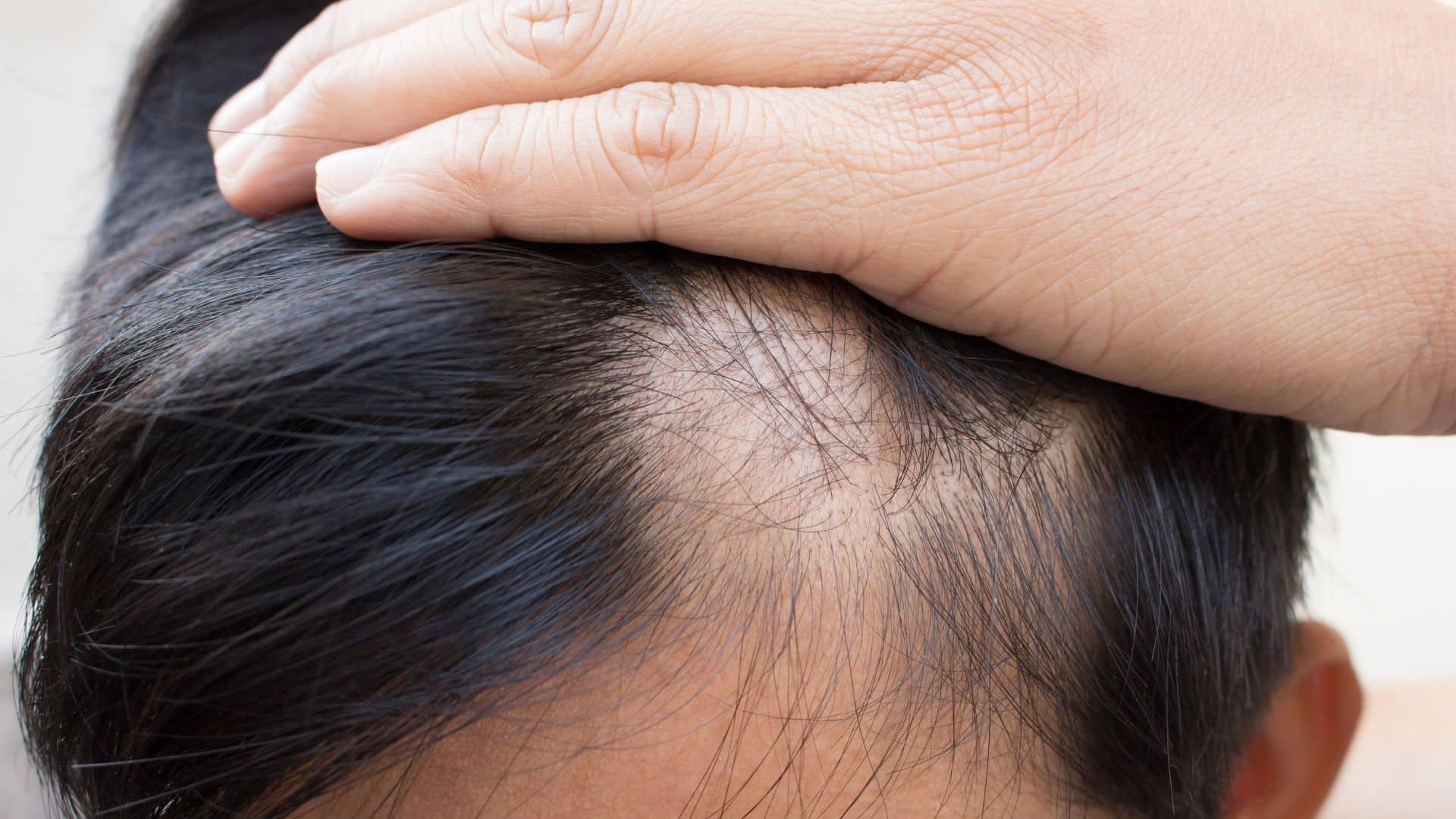If you’re using meth or know someone who is, you may have noticed something more than just the usual health issues. Maybe you’ve seen hair falling out, thinning spots, or even bald patches. So you might be wondering, “Does meth cause hair loss?”
The short answer is yes. Meth use can lead to severe hair problems. How and why does meth addiction cause hair loss, what signs to watch for, and how to help your body recover.
What Is Meth and What Does It Do to Your Body?
Methamphetamine, or meth, is a powerful and dangerous stimulant. It speeds up how your brain and body work. People may feel super alert, excited, or energetic after using it. But those effects come with huge health problems.
Data reported in the National Household Survey on Drug Abuse indicate that an estimated 9.6 million U.S. residents aged 12 and older used methamphetamine at least once in their lifetime.
What are the side effects of meth substance abuse?
- Damages your heart and blood vessels
- Raises blood pressure and body temperature
- Causes anxiety, paranoia, and confusion
- Affects sleep, appetite, and hydration
- Weakens your immune system and skin health
Because meth affects so many systems at once, your hair often suffers along with everything else.
How Does Meth Cause Hair Loss
Does meth cause hair and eyebrow loss? When your health starts to break down from drug abuse, your hair is often one of the first things to show it. Meth contributes to hair loss through a combination of physiological, hormonal, and behavioral mechanisms:
1. Stress and Hormone Imbalance
Using meth puts your body under extreme stress. It releases high amounts of cortisol, which is your body’s “stress hormone.” Over time, high cortisol levels affect other hormones, too, including those that help your hair grow.
When your hormones are out of balance, your hair can:
- Grow more slowly
- Get thinner
- Fall out faster
This kind of induced hair loss is sometimes called telogen effluvium (TE). TE happens when stress pushes your hair into a resting phase too early. You might not see the damage to the hair right away. Within a few weeks or months, you may start noticing thinning hair, more hair in the shower, or on your pillow.
2. Poor Nutrition
Meth often kills your appetite, making you skip meals and eat poorly. When you don’t get the vitamins and nutrients your body needs, your hair health pays the price.
Hair needs the following to grow strong:
- Protein
- Iron
- Zinc
- Biotin (Vitamin B7)
- Vitamin D
- Omega-3 fats
Without these nutrients, your hair gets weak, breaks easily, and may stop growing altogether.
3. Dehydration and Dry Skin
Meth makes people dehydrated. It also increases sweating, speeds up breathing, and makes you stay awake for days at a time. Without enough water in your body:
- Your scalp gets dry
- Your hair gets brittle
- Hair follicles lose strength
Dry skin can also lead to scalp flaking, itching, and irritation, which makes hair loss worse.
4. Lack of Sleep
Meth keeps users awake for long periods, sometimes for days. But your body needs sleep to repair itself, including your hair follicles. Without rest, your body can’t grow or protect your hair.
When you don’t sleep:
- Your hair doesn’t get enough time to grow
- More hairs enter the resting (falling-out) phase
- Your immune system weakens, making hair loss worse
5. Picking and Scratching the Scalp
Many meth users experience something called formication, a sensation that feels like bugs crawling under the skin. This leads to obsessive picking or scratching, especially on the scalp.
This constant scratching can:
- Damage the scalp
- Cause scabs or open sores
- Tear hair out at the root
Over time, this can lead to permanent hair loss or scarring.







